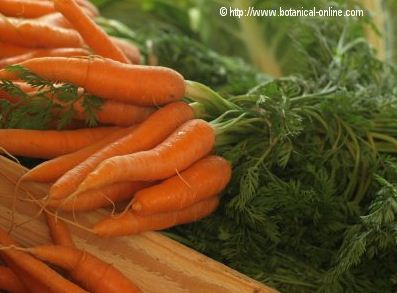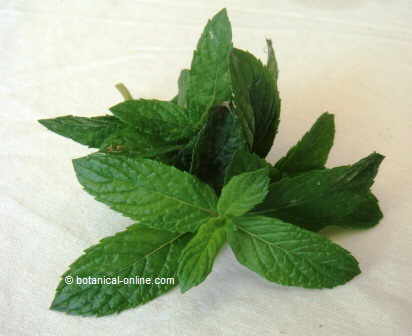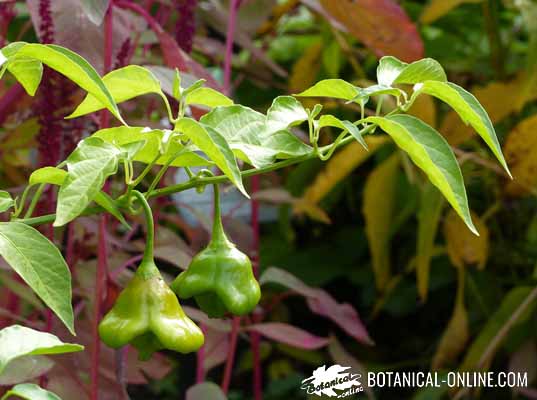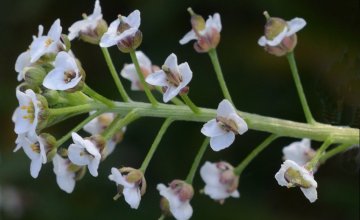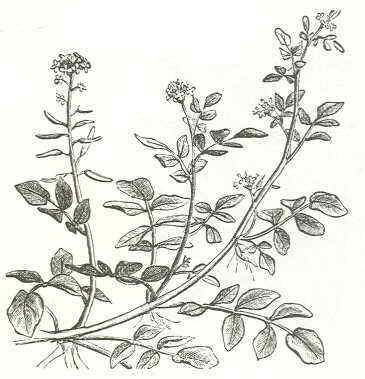Contents
What is an oak?
Characteristics of an oak (Quercus robur)
Common English name: Oak, English oak, French oak
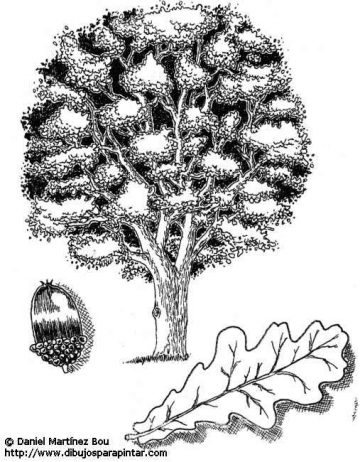
Common name in other languages:
Scientific name: Quercus robur L.
Family: Fagaceae
* See: Oak in other languages
Habitat: Where does oak tree live?
European tree from Atlantic climate forest. It appears as a cultivated in gardens, hedgerows, tree seats, etc.
Oak description
Evergreen tree of the Fagaceae family up to 45 m in height.
Erect stems with the bark full of cracks and wrinkles, light gray in youth and darker as the tree gets older.
Leaves alternate, lobed, sessile, with rounded lobes and very short petioles, provided with two auricles at the base larger than the petiole up to about 12 cm.
Flowers in catkins, yellow-green color.
Fruit in nut (acorns), gathered in groups of 1-3 on the same stalk.
Very curious are the galls produced by these trees. These are excrescences produced by oaks so that they can inhabit different parasites, without damaging the wood of these trees. They are formed by the interaction of hymenoptera cynipid insects with oak. In the oaks, these gills, in the form of balls, are known as “gallarita” or “gallaruto”.
Harvesting and conservation of bark, gills and oak leaves
The bark should be collected in spring and the leaves in summer. They should be dried in the shade and kept in bags of clothing in a cool and dry place.
Can oak acorns be eaten?
Some oaks produce sweet acorns that can be eaten, although in many cases they are bitter and are not consumed, or they have to be debittered. In nature, acorns are necessary to feed forest animals (squirrels, birds…), or for some insects to complete their life cycle.
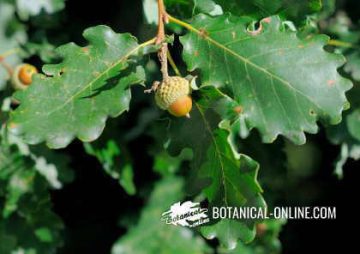
Components of oak
- Tannins (20% bark, 10% leaves): Gallic acid, catechol, pyrogallol. The maximum concentration in tannins occurs in specimens of more than 10 years.
- The gills of the oaks also have tannin (tannic and gallotanic acid, 20%) and can be used in phytotherapy.
- Flavonoids: quercetin, catechins, gallocatechins, leucocyanidin, leucodelfinidin (bark)
- Soluble fiber: Pectin (bark)
![]() More information on oak
More information on oak

